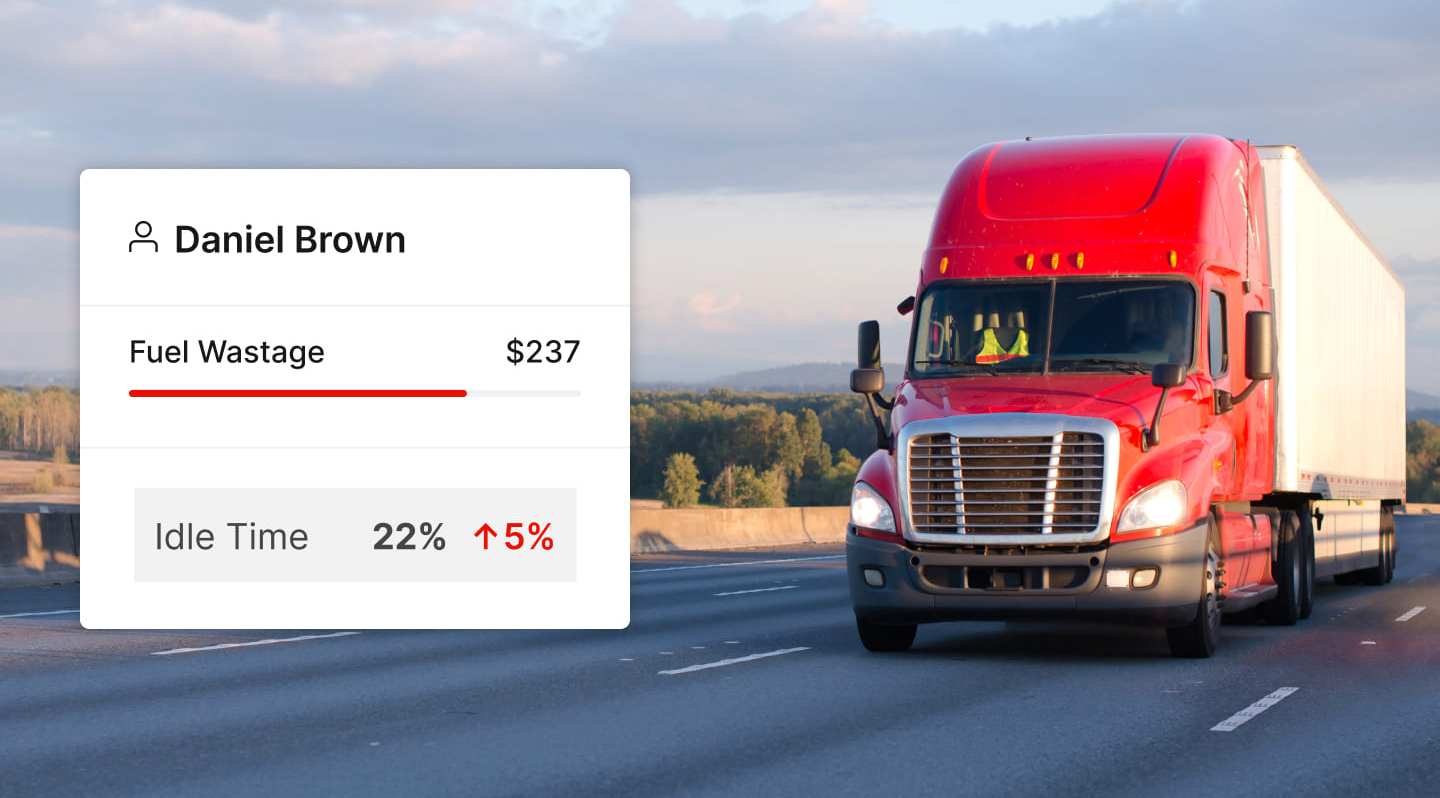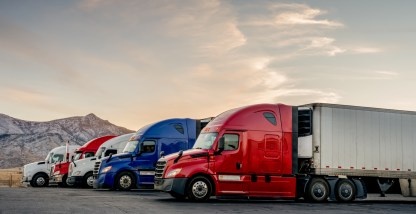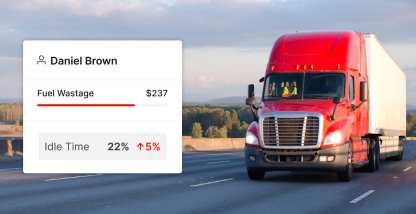Keeping expenses in check while maintaining employee and customer satisfaction is always a challenge. For many businesses, one way to cut overhead is reducing logistics costs. It can be especially challenging to manage logistics costs in the current economy. Fortunately, this article details top tips and useful takeaways that can help tackle logistics costs strategically.
Different types of transportation logistics costs
When freight is crucial to your business operations, there are many transportation logistics costs that businesses need to address in addition to the rising prices of fuel. Before digging into the ways to reduce this budget line, it’s important that you have a full picture of the common types of logistic costs. To locate waste or excess, you first need to examine every logistics expense and understand exactly how much you’re spending.
Transportation
The big cost when talking logistics is transportation. Getting product from its point of origin to its destination can be a multi-stage process. You might tackle transportation in-house with your own fleet or by using power-only trucking providers. Others outsource to freight carriers, brokers, or third-party logistics providers (3PL). Depending on the distance and route, more than one mode of transport could be involved. When cargo is moving from truck, to ship, to train, and back to a truck for last-mile delivery, there can be additional costs because of all the transportation mode shifting.
The transportation company itself needs to plan for recurring costs, such as fuel, vehicle maintenance, and insurance. There may also be expenses around driver uniforms, routing and dispatching software, and training employees.
Warehousing
Having to store freight for any amount of time before or after transport can be costly. Space is at a premium, so the more inventory you have, the larger footprint you’ll need. You can rent warehouse space to avoid purchasing property outright, but you may still have to account for insurance, utilities, and security.
Within the warehouse, equipment and supplies also need to be tallied in your budget. You’ll need storage solutions (whether it’s traditional shelving, high-bay or high-density mobile shelving, or particular pallet technology), as well as boxes, pallets, forklifts, and other tools. Inventory software can be another related cost.
Labor
Whether you’re paying drivers for the trucks on the road or warehouse staff to pack and pick your product for distribution, you’re paying for labor. There are also costs associated with the employees who manage and monitor your logistics supply chain. You’ll also need to account for the people playing the administrative roles of managing your human resources, including processing payroll and hiring new employees.
Measuring costs and performance
The best way to reduce transportation logistics costs is to know what you’re spending and where. Using software to measure costs and track performance lets you make data-driven decisions while also providing the tools to:
- Manage freight and shipping costs.
- Meet service agreements.
- Automate job scheduling.
- Improve transit time and routes.
- Optimize dispatch.
- Monitor vehicle health.
- Track driver behavior and prevent accidents.
- Simplify document management.
- Enhance warehouse productivity.
- Provide visibility into supply chain.
With a centralized view of the logistics information that saves you logging in and out of different platforms, you can also reduce labor related to measuring your costs and KPIs.
5 tips to reduce transportation logistics costs
Optimizing inventory and cutting warehouse spend can help you cut logistics costs. You’ll also find many ways to lower overheard by applying best practices for cost reduction in transport logistics.
1. Cut fleet maintenance costs
By embracing a preventative maintenance strategy, your business takes a proactive approach to keeping assets in optimal condition. Taking a time-based, usage-based, failure-finding, or prescriptive approach to preventative maintenance helps maximize availability, and prevent sudden, expensive malfunctions and downtimes.
Along with improved vehicle reliability, you can save money from avoiding the huge expenditures that come from leaving an issue undetected or unattended. Additionally, you can extend the service life of assets for bottom line gains too.
2. Find the best routes for your fleet
Optimizing truck utilization is critical to fleet success. By tracking loads and routes you may be able to identify inefficiencies that are leading to extra idling time or deadhead miles.
Creating efficient routes to minimize travel times also helps you meet deadlines (customers love that). Unhappy customers can cost you in returns, lost revenue, and long-term business.
Streamlining routes to minimize travel times also means lower mileage. This can lower your fuel costs and also add less wear and tear on vehicle assets. This can also free up your drivers so they can be dispatched to their next route, and you can get more value from that driver’s hours of service.
3. Reduce fleet accidents and safety incidents
Improving safety on the road benefits logistics budgets as you avoid costly stoppages. Any delay in delivering freight when it’s promised to the customer can mean added expenses. In the case of a serious safety incident, you might also incur fines for violations. Plus, there are the resources expended on resolving the situation, reporting the accident, exonerating the driver, and ensuring the cargo still gets to where it needs to go.
A strong safety culture can help cut costs as it will support your driver retention and recruiting. Spending on safety can also save you the cost of bad publicity. When today’s in-demand drivers are deciding where to sign up, safety is a growing priority.
4. Prevent theft and equipment misuse
Cargo theft is often a crime of opportunity, so it’s important to protect against it. Start by educating your drivers on best practices to defend against cargo theft. Keep drivers informed about the latest trends, known hijacking hotspots, and how they can improve safety when stopping for refueling, meal breaks, or layovers.
Replacing transportation logistics equipment isn’t cheap. With asset tracking, you can keep tabs on equipment and people to help prevent thefts and equipment misuse.
Real-time tracking and geofence alerts can tell you when your equipment enters (or exits) a site. You can also specify certain time periods (say, outside of working hours) to get notified if equipment is unexpectedly moved or used.
If an asset is stolen, continuous asset tracking can help you work with local authorities for timely recovery.
5. Consolidate shipments
When multiple less-than-truckload (LTL) shipments are combined together, it’s called consolidated shipping. Consolidated shipments can help a business take advantage of full-truck-load (FTL) rates. For the fleet, consolidating customer shipments to fill the truck can also offer economies of scale. A full truck generally means more revenue from that route.
When considering consolidating shipments, you might decide to separate the time-sensitive cargo to avoid paying a premium to expedite an entire load. Instead, send only the urgent freight and then rely on a slower, cheaper mode for the remainder.
How Motive helps reduce logistics costs
There are many factors to balance in reducing logistics costs. But there’s good news. Using the top tips in this post makes lowering logistics costs an achievable goal.
Want to make achieving that goal even simpler? Consider Motive’s AI-powered fleet management platform when tackling your cost-savings objectives.
Our fleet management solution provides visibility into your assets via GPS tracking. Access to real-time data and dynamic ETAs can enhance dispatch and also enable route optimization for cost savings.
The platform integration with your electronic-logging devices (ELDs) further supports the optimization of truck utilization and preventative maintenance efforts. Keep trucks in top shape with service history tracking and asset health monitoring. Also, ensure drivers are embracing a safety-first culture with onboard dashcams.
Motive’s zero-fee charge card and Fuel Hub can also help companies save on fuel and maintenance. Managers can also set up controls by card holder, group, or category as another way to control logistics costs.
Motive’s always-evolving technology targets profitability, productivity, and safety. Request a demo today to see how our solution can help you cut logistics costs and so much more.










